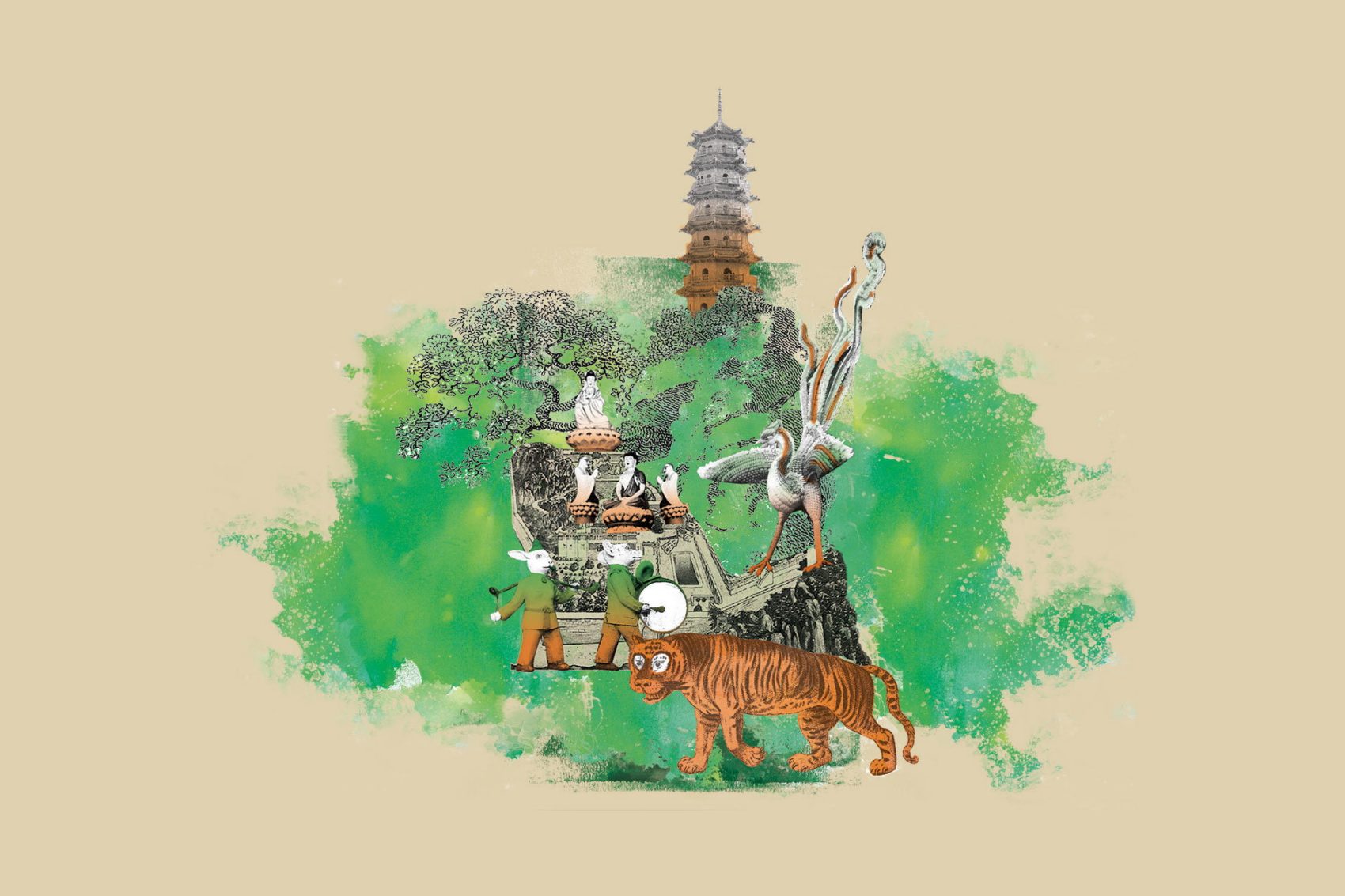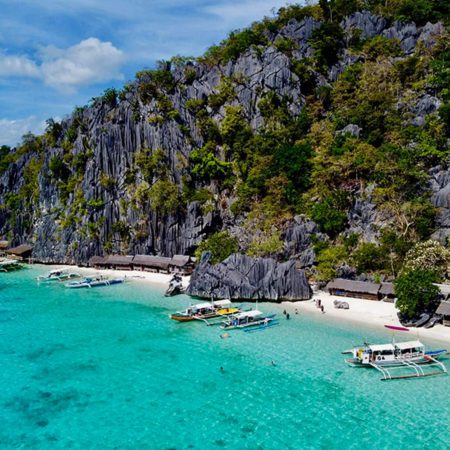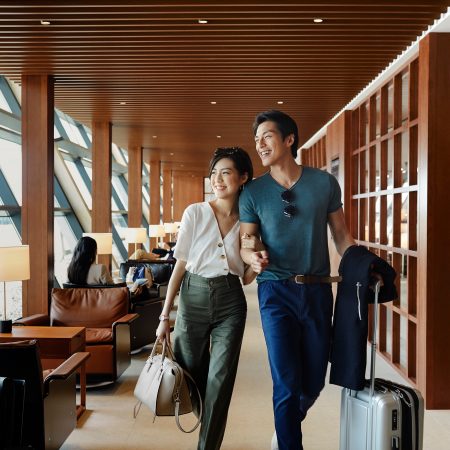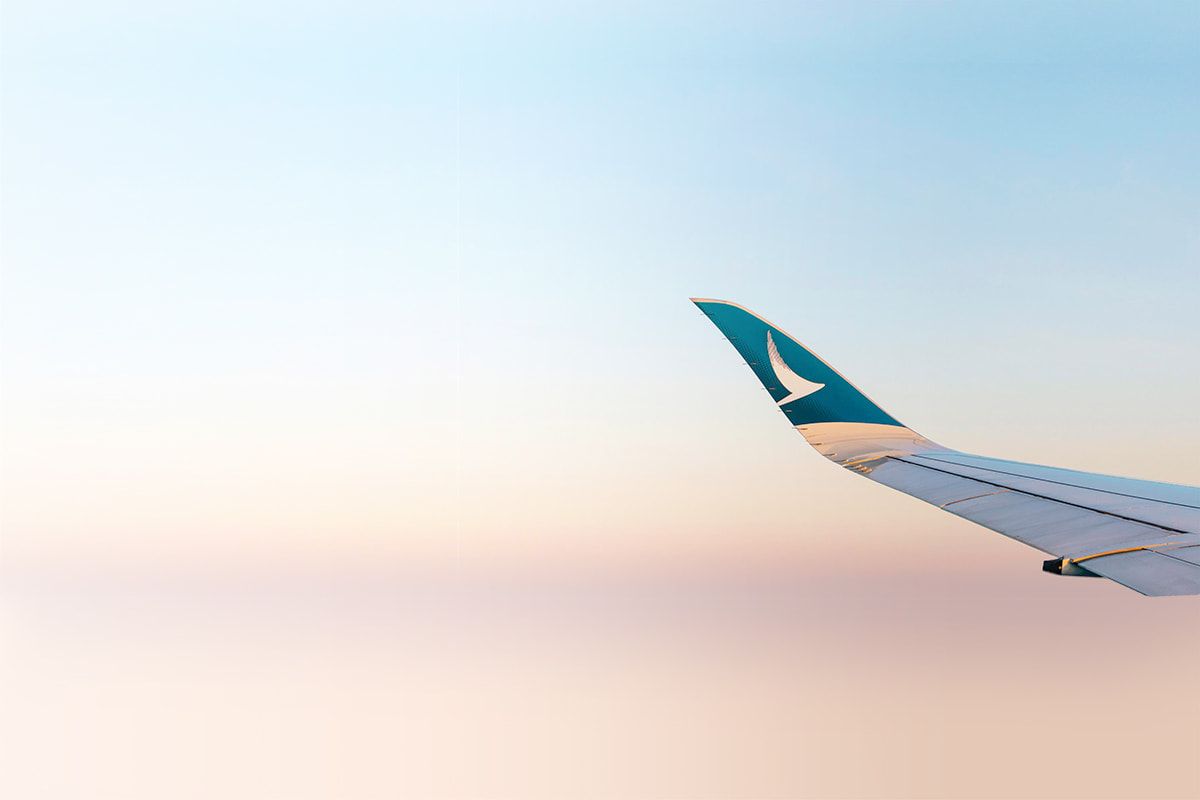Remembering Tiger Balm Garden

I wasn’t even 10 when I first visited Tiger Balm Garden . I had no idea that I was in for some R-rated horror in the form of a huge wall relief sculpture depicting the 18 levels of Buddhist hell.
These sculptures described how the dead are judged by Yama-raja, the King of Hell. Every sin committed in your lifetime would be reviewed and atoned for based on your degree of evil. Punishments included walking up a mountain of blades, being fried in boiling oil and having your tongue pulled out, and each of these tortures was depicted in vivid detail on the wall. Although the sculptures were hardly ultra-realistic, the ferocious faces of the ghost gaolers and the blood-covered grimaces of sinners begging in vain to have their excruciating punishments lifted sent chills down my spine. The lessons on karma, reinforced by my parents, became all too tangible.
The memories are still fresh. And many my age share this recollection of Haw Par Mansion and Tiger Balm Garden, a building complex on Hong Kong island’s Tai Hang Road built in 1935 by the Burmese-Chinese tycoon Aw Boon-haw.
Dubbed the ‘King of Tiger Balm’, Aw was a businessman who made his fortune with the titular herbal ointment. He was a devout Buddhist, and his belief in the concept of karma made its way into every aspect of the garden, which was full of whimsical statuary – and those 18 levels of hell.
The mansion was Aw’s residence, but the garden, which was open to the public, was a go-to spot for many a Hongkonger on their day off. Public leisure facilities for the Chinese community were thin on the ground in colonial Hong Kong, and Tiger Balm Garden was a rare exception. It was dearly missed when it was demolished in 2004.
But the mansion itself remains, and in April the government restored and reopened some of the building. For the first time, visitors can see for themselves the East-meets-West aesthetic of Aw Boon-haw’s one-time palace. Sadly, the site of the garden itself is now a soaring residential tower, and the wall relief sculpture of hell is commemorated only as a small mural (If you dare, the hardcore original has a sister version in the gardens of Singapore’s Haw Par Villa ).
But I don’t need to see it again. It’s been etched into my memory, and the memories of countless people who once descended into the underworld on Hong Kong island.
Hero image: Illustration by SR Garcia
Related stories
Hong Kong travel information
- China – the Chinese Mainland, Hong Kong SAR, Macao SAR and Taiwan Region
- Hong Kong SAR - English
- Chinese Mainland (China) - English
- Taiwan China - English
- 香港特別行政區 - 繁體中文
- 中国內地 - 简体中文
- 中國台灣 - 繁體中文
- Africa
- South Africa - English
- Asia
- Bangladesh - English
- Korea - English
- Singapore - English
- Cambodia - English
- 한국 - 한국어
- Sri Lanka - English
- India - English
- Malaysia - English
- Thailand - English
- Indonesia - English
- Maldives - English
- ประเทศไทย - ภาษาไทย
- Indonesia - Bahasa Indonesia
- Myanmar - English
- Vietnam - English
- Japan - English
- Nepal - English
- Việt Nam - tiếng Việt
- 日本 - 日本語
- Philippines - English
- Australasia
- Australia - English
- New Zealand - English





.renditionimage.450.450.jpg)

